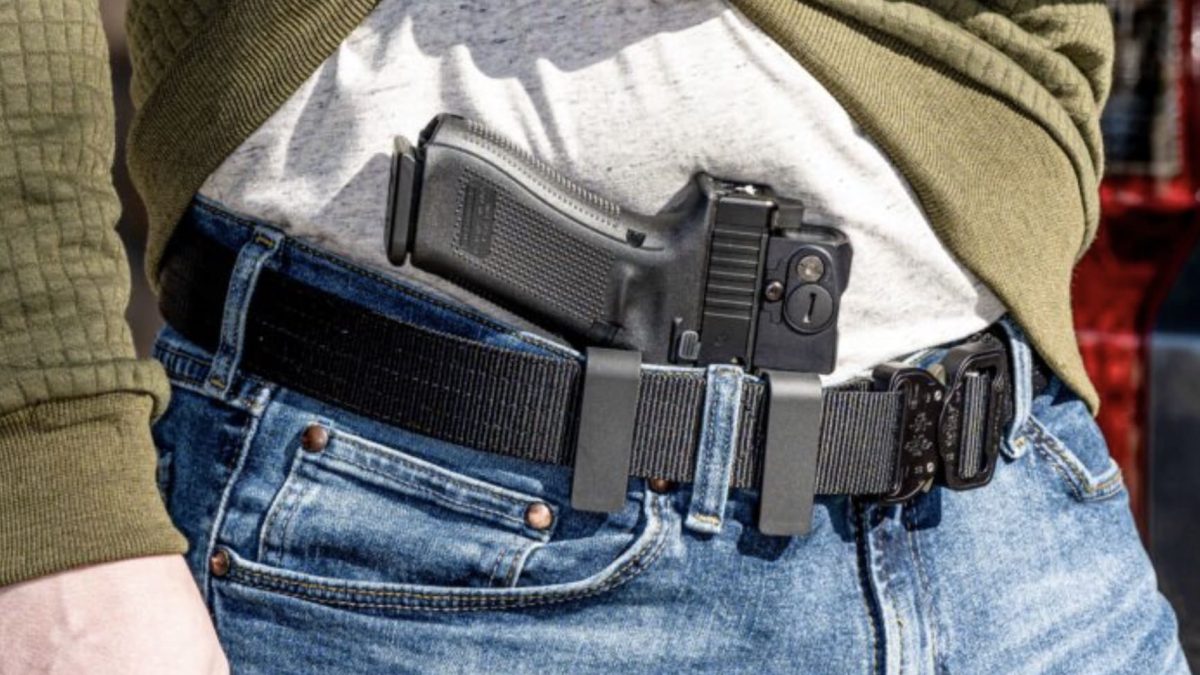Back in January, a three-judge panel of the 3rd Circuit Court of Appeals ruled Pennsylvania’s ban on 18- to 20-year-olds carrying firearms during a declared emergency to be unconstitutional under the standards prescribed by the 2022 Supreme Court ruling in Bruen.
At the time, U.S. Circuit Court Judge Kent A. Jordan, wrote for the court: “We understand that a reasonable debate can be had over allowing young adults to be armed, but the issue before us is a narrow one. Our question is whether the (state police) commissioner has borne his burden of proving that evidence of founding-era regulations supports Pennsylvania’s restriction on 18-to-20-year-olds’ Second Amendment rights, and the answer to that is no.”
The state, of course, appealed the ruling to the U.S. Supreme Court. And on Tuesday, the Supreme Court refused to hear the case, but surprisingly sent the case back to the 3rd Circuit for that court to reconsider its earlier ruling. It’s even more troubling that in the two-sentence order the Supreme Court asked the lower court to reconsider the case in light of the recent decision in the Rahimi case, in which the high court ruled that domestic abusers forfeit their Second Amendment right.
At first blush, it might seem the Supreme Court is equating young adults under 21 to domestic abusers, which would also be troubling. Fact is, gun owners 18 to 20 years old, who are old enough to practice every other constitutionally protected right, often have their Second Amendment rights infringed upon in a number of states.
In fact, expanding those states that do so is a major goal of gun-ban groups. In a 50-point action wish list released last December by the Violence Policy Center, infringing on the rights of 18- to 20-year-olds was high on the list. “The goal on both the state and federal levels should be a ban on the possession of long guns and handguns for those under the age of 21,” VPC stated in the report.
One extremely aggravating aspect of trying to fight this battle in court is a combination of the age of the plaintiffs in such cases and the slow-moving nature of the American judicial system. In one of the most pointed decisions yet, the 4th Circuit Court of Appeals struck down the federal law prohibiting Americans from purchasing handguns before they were 21.
The case—Hirschfeld v. Bureau of Alcohol, Tobacco, Firearms, and Explosives—revolved around an 18-year-old Virginia woman who filed for and received a restraining order against her violent ex. In her desperation to try to keep the man from hurting or even killing her, she went to her local gun shop, only to be told she couldn’t purchase a handgun to protect herself because of federal law.
The opinion explaining the 2-1 decision in favor of the plaintiffs was well reasoned and to the point.
“When do constitutional rights vest?” Circuit Court Judge Julius Richardson wrote. “At 18 or 21? 16 or 25? Why not 13 or 33? In the law, a line must sometimes be drawn. But there must be a reason why constitutional rights cannot be enjoyed until a certain age. Our nation’s most cherished constitutional rights vest no later than 18. And the Second Amendment’s right to keep and bear arms is no different.”
While that was a major victory, it was all for naught. Only a few months later the same judge threw out the decision because the plaintiffs in the case had reached age 21 so were no longer being unconstitutionally infringed!
Most recently, a Utah lawmaker introduced a measure that would allow 18- to 20-year-olds to openly carry firearms in most public spaces in Utah.
“The goal of the bill is to clarify firearm law in the state of Utah because citizens should know their rights,” Rep. Karianne Lisonbee told KSL.com. “This process subsequently raised several policy questions; and when those policy questions came up, I attempted to align (the proposed bill) with legislative intent that protects Utahns in exercising their fundamental Second Amendment rights.”
Read the full article here


